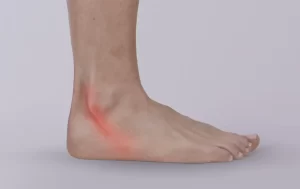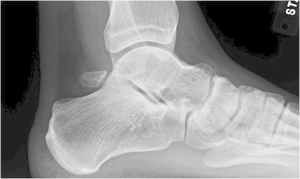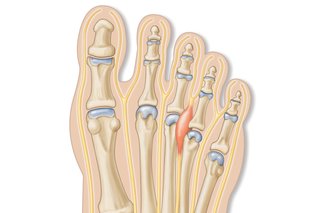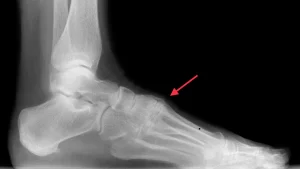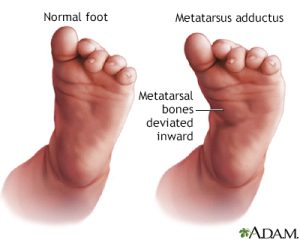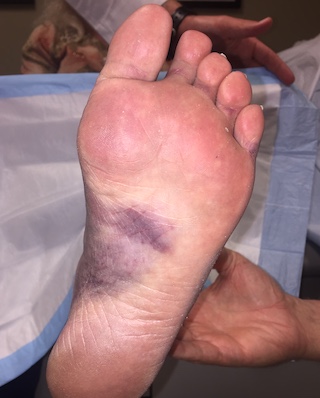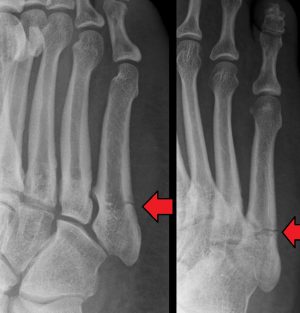
Plantar fasciitis is a condition that involves inflammation and damage to the plantar fascia, which is a thick band of connective tissue that runs along the bottom of the foot. At a cellular level, plantar fasciitis involves a complex interplay of inflammatory mediators and cellular responses.
One of the key cellular processes involved in plantar fasciitis is the release of inflammatory mediators, such as cytokines, from damaged tissue cells. These mediators trigger a cascade of cellular responses, including the activation of immune cells, the release of more inflammatory mediators, and the recruitment of additional cells to the site of injury.
As inflammation persists, it can lead to the breakdown of extracellular matrix components, including collagen and elastin fibres, which are important structural components of the plantar fascia. This breakdown can further weaken the tissue and contribute to ongoing inflammation and pain.
Over time, chronic inflammation and tissue damage can lead to the formation of scar tissue and the thickening of the plantar fascia, which can further exacerbate symptoms of plantar fasciitis.
Interventions for plantar fasciitis aim to address these underlying cellular processes by reducing inflammation, promoting tissue healing, and restoring normal biomechanical function to the foot and ankle. By addressing the cellular mechanisms involved in plantar fasciitis, treatment can help alleviate symptoms, prevent further damage, and promote long-term recovery.

